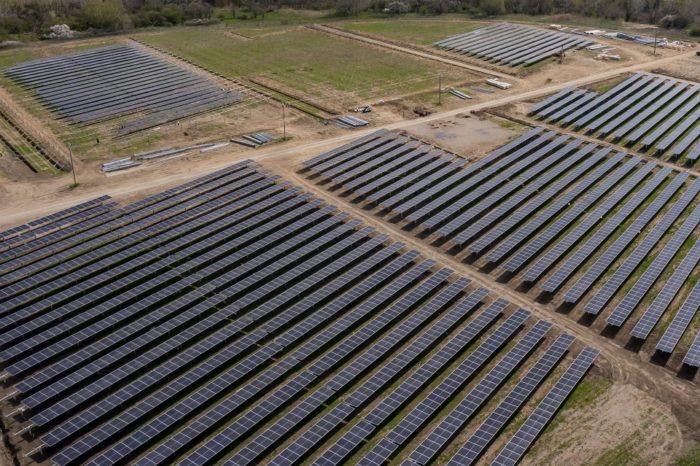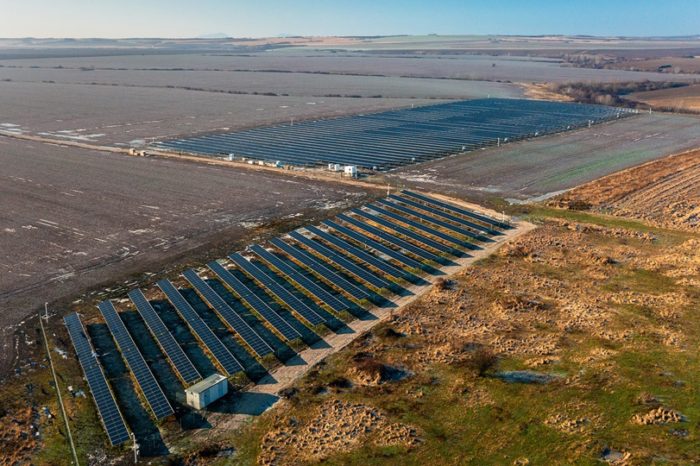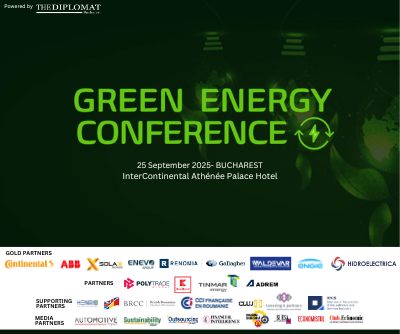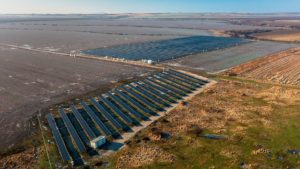Cushman & Wakefield Echinox: Demand slowdown, few deliveries, but signs of recovery on the CEE Office Market in Q1

The office space demand slowed down in Q1 across Central and Eastern Europe (CEE), where less than 30,000 sqm were delivered across the region, corresponding to the area of a medium – sized building, according to data from the Cushman & Wakefield Echinox real estate consultancy company.
The total take-up in CEE was of approximately 500,000 sqm, corresponding to a q-o-q decrease of 40 percent, and a y-o-y decline of 2 percent.
A gross take-up of 51,300 sqm was registered in Bucharest in Q1 2025, reflecting a y-o-y decrease of 44 percent, but demand is forecasted to accelerate starting from H2, when a series of major deals are due to be signed. The net take-up had a share of 64 percent in the Q1 demand, the highest percentage since Q1 2022.
The vacancy rate in Bucharest continued its downward trend, reaching 13.6 percent (the lowest level since Q2 2021). This indicator is expected to further decrease, as no large or medium – sized office building is due for completion in 2025.
The highest vacancy rates in the region are in Sofia (14.6 percent), Bratislava (14.6 percent), and Budapest (14.1 percent). Prague has the lowest vacancy rate (7.0 percent), while 10.5 percent of the Warsaw office stock is vacant.
In terms of new supply, Prague, Warsaw, Budapest, and Sofia benefited from project deliveries in the first quarter, but all these new investments were related to buildings with less than 10,000 sqm GLA.
A higher number of office developments are expected in 2026 – 2027 in both Bucharest and CEE, although below the usual activity.
The overall under construction pipeline in Bucharest is relatively low (132,300 sqm GLA) and most projects are slated for completion in 2026 and 2027, representing 11 percent of the area under construction in CEE capitals, totalling approximately 1,190,000 sqm.
Developers in Budapest are the most active, with 472,000 sqm under construction (a vast majority pertaining to owner – occupied buildings to be used by public and financial institutions), followed by those in Sofia (196,000 sq. m), with corresponding pipelines of 179,000 and 173,000 sqm in Warsaw and Prague, respectively.
The prime rents Bucharest remained stable in Q1, between €20.00 – 21.00/ sqm/ month in CBD, while the benchmarks for other submarkets ranged between €15.00 – 18.00/ sqm/ month and €9.00 – 13.50/ sqm/ month in central/ semi – central and peripheral locations. A limited rental growth is expected by the end of the year, especially in the more landlord – favorable submarkets such as CBD or Center, areas with very low vacancy rates and with different profiles than the other more tenant – dominant parts of the city.
Bucharest offices remain among the cheapest in the region, with only Sofia and Bratislava recording lower levels (€19/ sqm/ month and €20/ sqm/ month, respectively). Prague is the most expensive market in the region, with a headline rent of €30/ sqm/ month, followed by Warsaw and Budapest, each with €25/ sqm/ month.
Mădălina Cojocaru, Partner Office Agency Cushman & Wakefield Echinox: “The office market in Romania is going through an adjustment period, in a regional context dominated by caution and decision-making postponements from the tenants. The lower take-up at CEE level reflects a more reserved attitude on the market, mainly due to economic uncertainties. However, there has been a noticeable recovery in Bucharest, especially when it comes to the net take-up (relocations, expansions and new entries on the market), which had its highest share in the last three years in Q1. We expect the leasing activity to intensify in H2, as companies resume their expansion or relocation plans. Additionally, the lack of significant deliveries in 2025 will likely result in lower vacancy rates and in rental growth in the most sought-after submarkets.”














